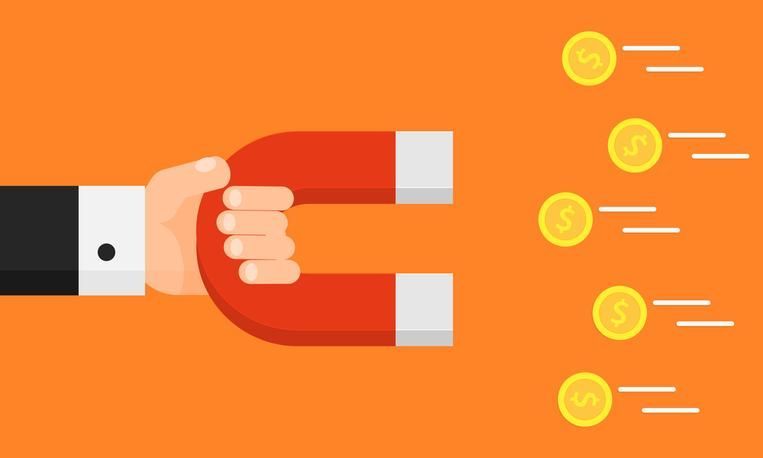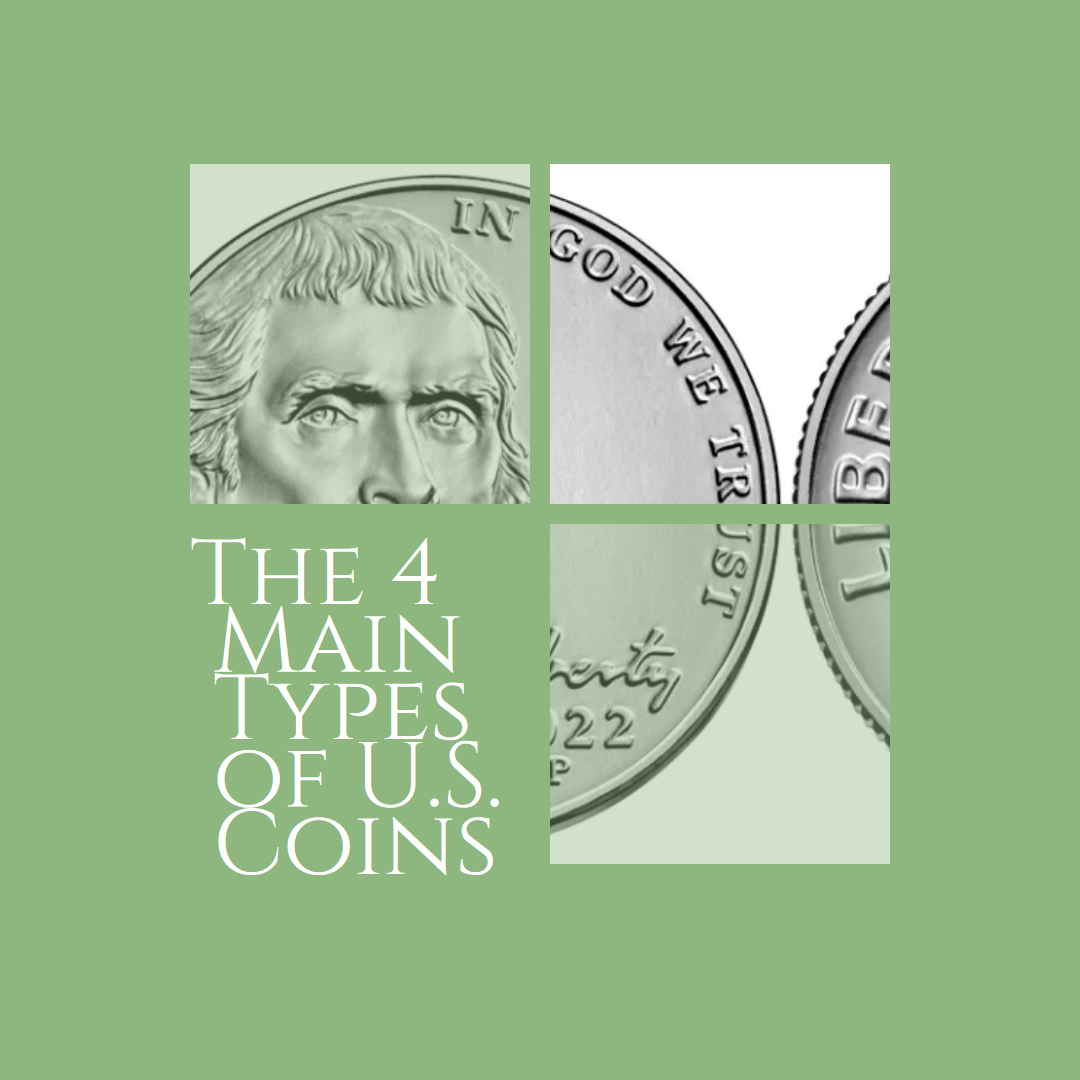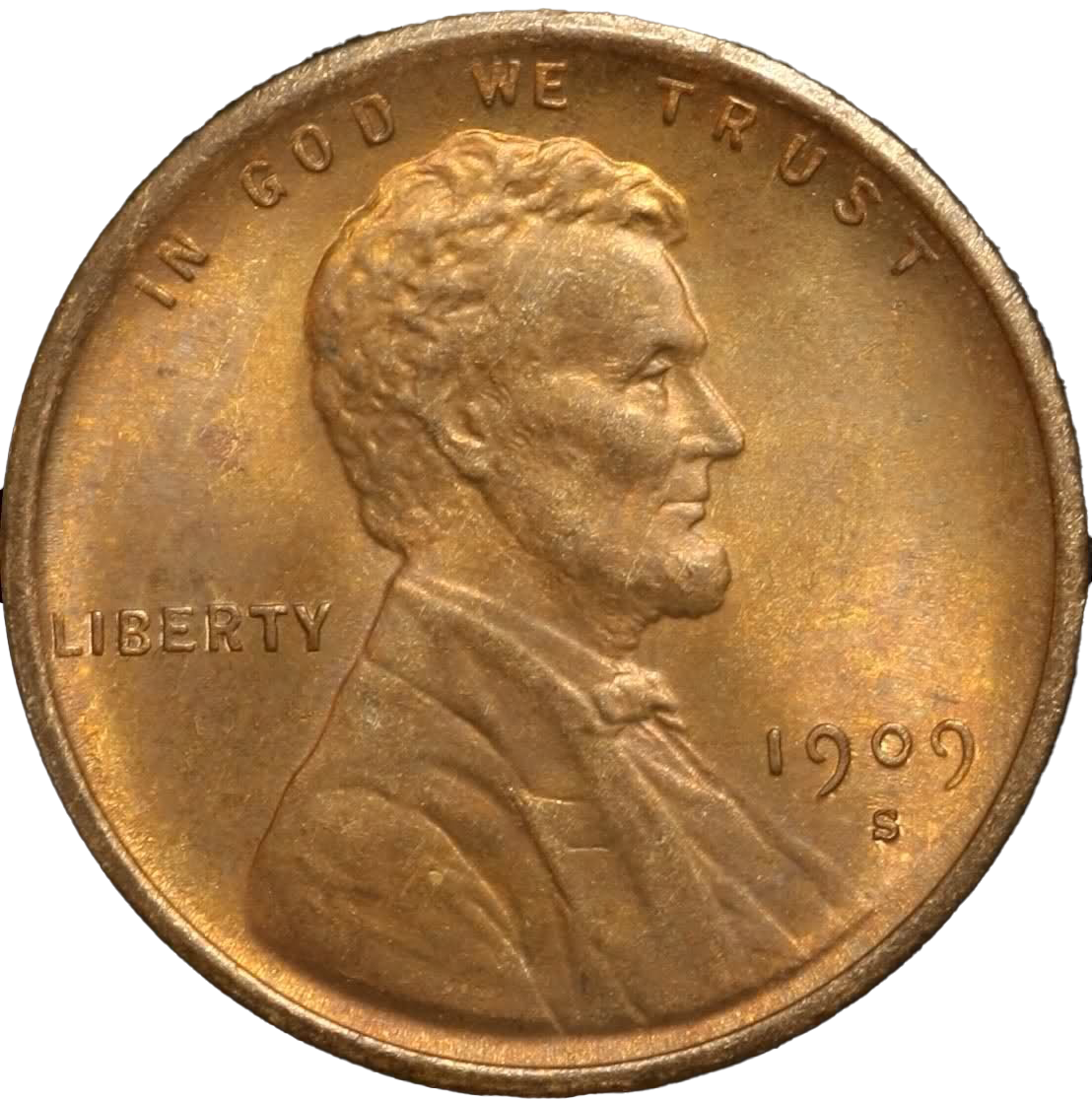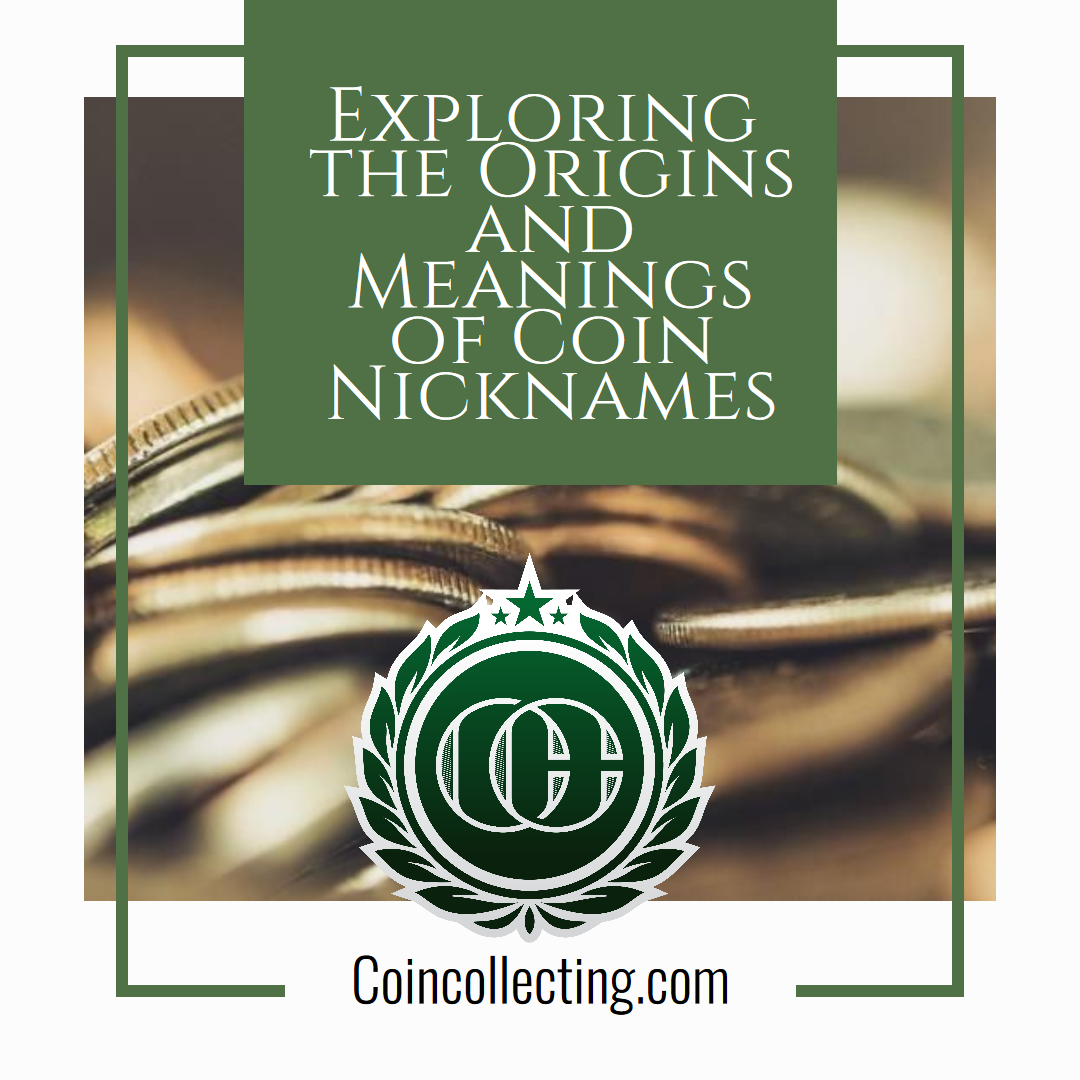Why are some coins magnetic?

Reposted with permission from Coinsforsale.com
Coins are made of different materials, which is why some are magnetic, and others aren't. The most common metal in coins is copper, which is not magnetic. Other metals commonly used in coins, such as aluminum and nickel, are not magnetic.
However, some coins do contain magnetic metals such as iron and steel. These metals are commonly used in the manufacture of coins for various reasons. For example, iron and steel are strong and durable, making long-lasting coins. They are also easy to produce, which helps to keep the cost of making coins down.
Why Are Some Coins Magnetic?
One of the main reasons some coins are magnetic is the metal they are made of. Iron and steel are magnetic, so if a coin contains these metals, it will be attracted to a magnet. This is why some older coins, such as pennies, are magnetic, while others, such as dimes and quarters, are not.
Another reason why some coins are magnetic is because of the way they are made. In some cases, coins may be made by stamping a piece of metal with a design, which can cause the metal to become magnetized. This is because stamping the metal can create tiny magnetic fields within the metal itself.
Which Coins Are Magnetic and Which Are Not?
As mentioned earlier, coins can be magnetic for two main reasons: the metal they are made of and the way they are made. So, which coins are magnetic and which are not? Pennies and some older coins are magnetic because they contain iron or steel. Dimes, quarters, and most modern coins are not magnetic because they are made of non-magnetic metals. It is also possible for any coin to become magnetized if it is stamped during the manufacturing process.
In other countries, other magnetic coins may contain iron or steel. While nickel is a magnetic metal, standard United States coins do not contain enough nickel to make them magnetic. Even the five-cent coin, commonly known as a "nickel," is only 25% nickel, with the remaining 75% being copper. As a result, the United States five-cent coins are not magnetic despite their nickel composition.
In other countries, such as Canada and Great Britain, many coins are made from magnetic metals like steel and nickel. In Canada, for example, many of the coins minted since 2000, including the 1 cent, 5 cent, 10 cent, 25 cent, and 50 cent coins, are made from steel and are, therefore, magnetic. In Great Britain, the 1 and 2 pence coins struck since 1992 are made from a steel alloy and are also magnetic.
There are many other examples of magnetic coins from around the world. However, it is important to remember that these are typically base metal coins with little intrinsic value.
Some coins are magnetic because they contain iron or steel, while others may become magnetized during manufacturing. It is always worth checking if a coin is magnetic by using a magnet, as it can give you a clue about the metal it is made of and how it was manufactured.
Conclusion
Overall, some coins are magnetic, and others aren't because of the materials they are made of and the way they are manufactured. Coins made of magnetic metals or magnetized during the manufacturing process will be attracted to a magnet, while others will not.
Understanding the materials used to mint coins can be beneficial for anyone who collects coins. Knowing which metals are used in coins and how they affect a coin's magnetic properties can help a collector decide when to add to their collection..
At Coins for Sale, we know the materials used in coin manufacturing and can assist collectors in selecting the perfect coins for their collection. We have a wide range of coins available, including those made of magnetic metals, non-magnetic metals, and those that have been magnetized during the manufacturing process. Contact us today to learn more about our selection of coins and how we can help you build the perfect coin collection.





